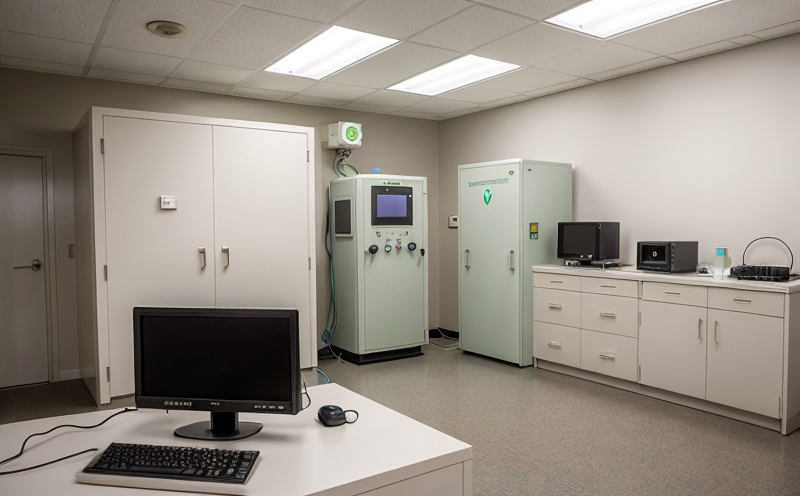ISO 21990 Passive Dosimetry Using OSL (Optically Stimulated Luminescence)
The ISO 21990 standard for passive dosimetry using optically stimulated luminescence (OSL) represents a robust and versatile method for monitoring radiation exposure. This technique is particularly valuable in sectors such as nuclear power, medical radiology, and aerospace where accurate measurement of cumulative radiation doses over extended periods is essential.
Passive OSL dosimetry operates on the principle that certain minerals, known as luminescence detectors, retain a "memory" of their past radiation exposure. When these materials are exposed to light, they emit a measurable amount of light (luminescence), which correlates directly with the absorbed dose of ionizing radiation. This method is especially useful for evaluating cumulative doses over extended periods or in environments where continuous monitoring is not feasible.
For medical applications, OSL dosimetry can be used to monitor radiation exposure levels experienced by healthcare workers and patients during diagnostic imaging procedures such as CT scans and fluoroscopy. In industrial settings, it helps in assessing occupational exposures of personnel working near nuclear reactors or handling radioactive materials. The high precision and reliability of OSL dosimetry make it a preferred choice for regulatory compliance.
The dosimeter itself is typically made from crystalline materials like quartz, lithium fluoride (LiF), or boro-silicate glass, which are embedded with trace amounts of luminescence centers. The dosimeters are exposed to radiation in the field and then removed for laboratory analysis using a specialized reader capable of emitting the appropriate wavelength of light that re-excites the stored energy.
The process involves careful preparation of the dosimeter before exposure, ensuring it is clean and free from contamination. After use, the dosimeters are sent to our laboratory where they undergo rigorous testing. Our team uses advanced analytical techniques including laser-stimulated luminescence spectrometry (LSLS) to quantify the emitted light and convert this into a dose equivalent.
The accuracy of OSL dosimetry is ensured by adhering strictly to ISO 21990 guidelines, which include standardized calibration procedures and quality control measures. This ensures that the results are reliable and can be used for both regulatory compliance and internal safety assessments.
Quality and Reliability Assurance
- Calibration Accuracy: Our dosimeters undergo regular calibrations against reference standards to ensure precise measurement.
- Contamination Control: We implement stringent protocols to prevent external contamination from affecting the accuracy of dose measurements.
The reliability of OSL dosimetry is further enhanced by its ability to provide repeatable and consistent results. This makes it an ideal tool for long-term monitoring programs where continuous data collection is necessary.





